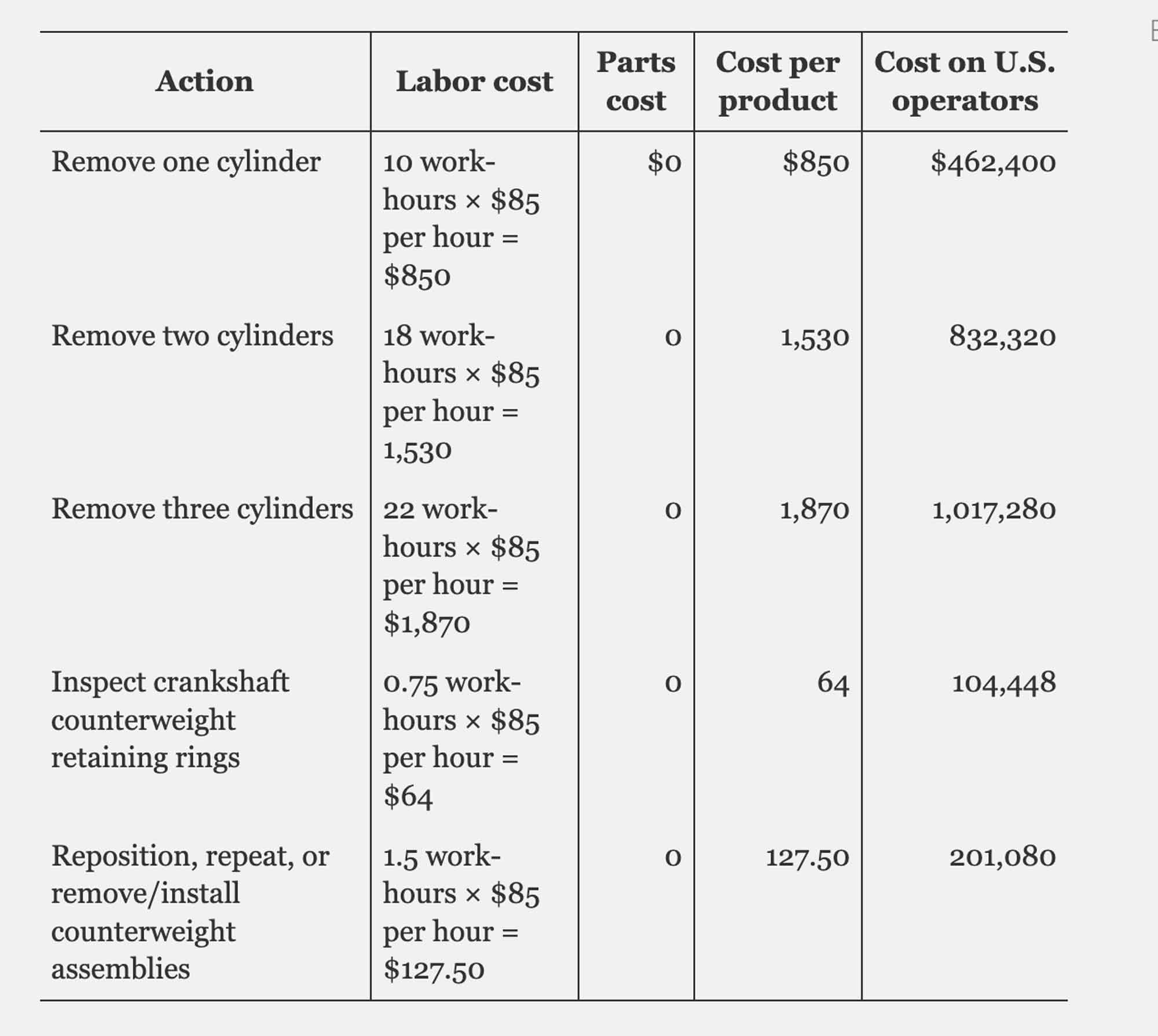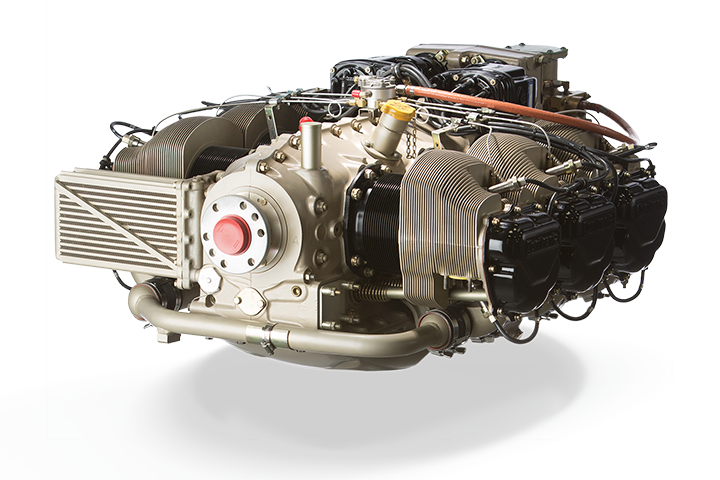The engine problem that led Cirrus to ground some of its SR22T planes earlier this month has been turned into a full airworthiness directive by the US authority, the FAA. Ground any aircraft powered by the affected engines.
The problem with the Continental engines involves improper installation and inspection of the counterweight retaining rings in the counterweight slot of the engine crankshaft during manufacture. Affected engines include those in the 360, 470, 520 and 550 series used by several aircraft manufacturers, including Cirrus and Beechcraft.
The FAA has received reports of two ground engine seizures and one in-flight loss of engine oil pressure related to this problem.
“Looseness of a counterweight retaining ring can result in loss of counterweight retention,” says the FAA AD. “This condition, if not addressed, could lead to loss of engine oil pressure, catastrophic engine damage and possible engine seizure.
“The FAA is issuing this AD to address the unsafe condition of these products.”
The original Continental Service Bulletin stated that engines that had reached 200 hours were excluded. However, the FAA has reversed this threshold, saying “While the manufacturer’s service information excludes engines that accumulate 200 hours of operation or more, the FAA has not yet received adequate data to support this exclusion.”
The Airworthiness Directive says that 2,176 crankshaft assemblies are subject to the unsafe condition. The FAA estimates that of these 2,176 crankshaft assemblies, 1,632 are installed on US-registered aircraft. The FAA estimates that 544 engines will need to have one cylinder removed, 544 engines will need to have two cylinders removed, and 544 engines will need to have three cylinders removed to comply with this AD. Suggested costs are shown in this table:

If it is necessary to transfer an affected aircraft to a maintenance organization, special flight permits may be issued to permit a single non-revenue ferry flight, provided that:
(1) The pleats or screen of the engine oil filter are first inspected and there are no signs of metal contamination; or
(2) An oil change has been performed within the previous 5 flight hours and there is no evidence of metal contamination on the oil filter pleats or screen.
FAA Airworthiness Directive


